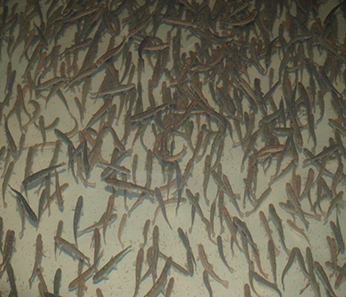Bay Area Hatchery Fish OK So Far Amid Devastating Fires

As a Bay Area native, I keep thinking about how many fellow NorCal residents have been devastated by the fires raging through Sonoma and Napa Counties. And while the tragedy of multiple fatalties and hundreds of destroyed homes should be the primary focus right now, the California Department of Fish and Wildlife found some good news – at least for now – regarding its hatchery fish in the area.
Thankful for a bit of good news: Our hatchery trout and salmon have so far survived the #napafires #sonomafires https://t.co/HAysHluCDi pic.twitter.com/aCP0FRfmv0
— California Department of Fish and Wildlife (@CaliforniaDFW) October 13, 2017
The San Francisco Chronicle’s longtime outdoors writer Tom Stienstra has more:
The vast majority of 710,000 salmon and trout — including the state fish, the golden trout — and 100,000 eggs at two state hatcheries survived this week’s wildfires in Sonoma and Napa counties, according to the state Department of Fish and Wildlife.
Silverado Fisheries Base, located in Napa along the Silverado Trail, lost power for 24 to 48 hours, leaving some 200,000 fish without fresh water, aeration or food after staff was evacuated Monday. But an official said Thursday that only “minimal losses” were incurred.
“One fishery worker went back in late Wednesday, escorted by game wardens,” said Peter Tira, a department spokesman. “Much to our surprise, the fish were doing well, the eggs doing well.”
At Silverado, power was restored by Thursday, and Tira said workers were eager to return to their posts and take care of the fish they are raising, though they are under evacuation standby alerts.
The Silverado hatchery is home to about 200,000 golden trout. The goldens are very small at this point in the season, about 2 inches, Tira said, a critical stage of their lives as they are grown out over the winter to be stocked in high-elevation lakes.



